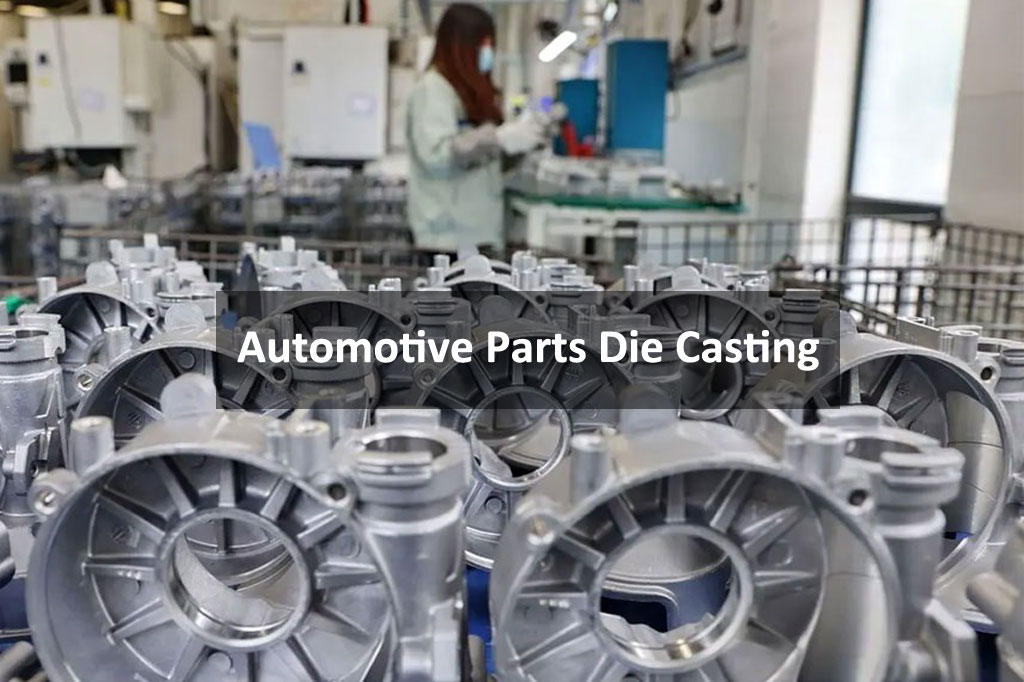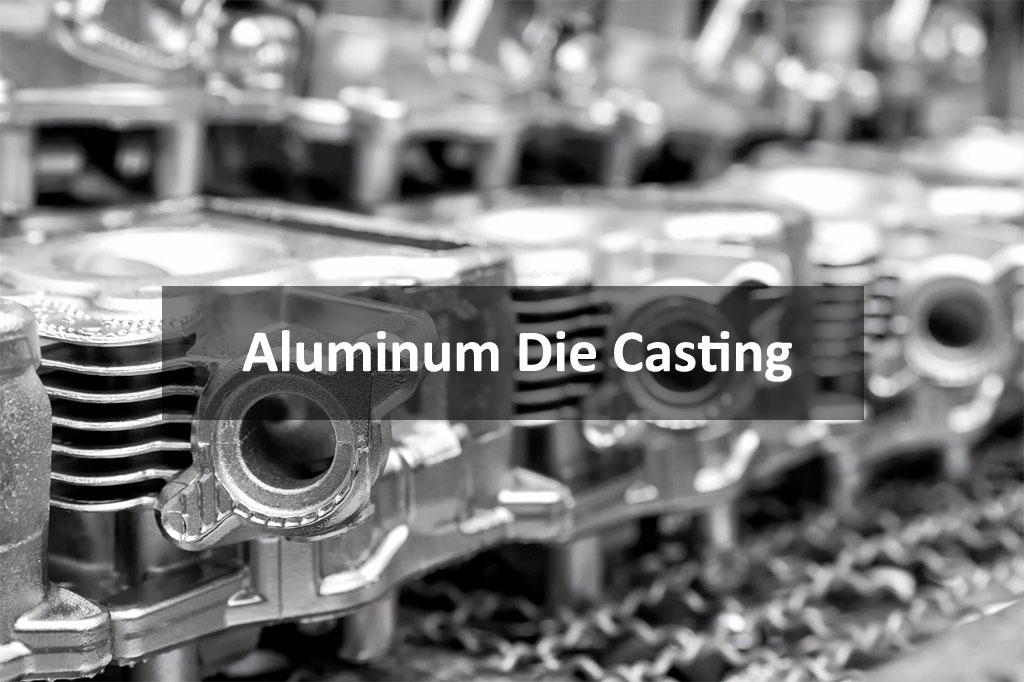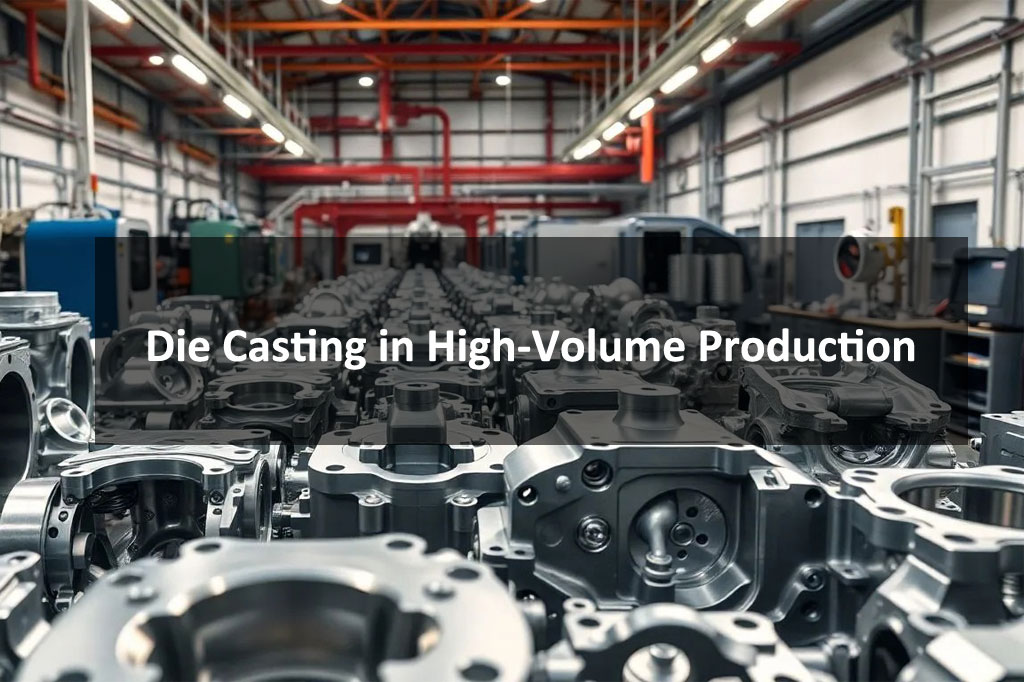Die casting is a metal shaping process where molten metal is forced into a mold cavity under high pressure. The die is typically made of steel and designed to produce detailed, precise metal parts that can be used in a wide range of industries, from automotive to electronics.
When it comes to high-volume production, die casting offers several key advantages that make it the go-to method for manufacturers looking to streamline their production processes.
In this article, we’ll explore the benefits of using die casting for high-volume production.
1. High Precision and Consistency
A major advantage of die casting is its ability to create parts with outstanding precision and uniformity. The use of precision molds ensures that each part produced is nearly identical to the others, making die casting an ideal choice for industries that require high-quality, standardized components.
This precision is especially valuable for creating intricate parts with strict tolerances, such as those found in automotive, connectors, and medical device manufacturing.

2. Cost-Effectiveness for High-Volume Production
Although the initial cost of creating the die can be high, the per-part cost decreases significantly as production volume increases. Once the die is created, it can be used to produce a large number of parts with minimal additional costs.
This makes die casting highly cost-effective for high-volume production runs, where the costs per unit continue to drop as the number of parts produced increases.
3. High Speed and Efficiency
Die casting is a fast process that allows for the mass production of metal parts. The cycle time for each part is short—often between 10 to 60 seconds, depending on the complexity and size of the part—allowing manufacturers to produce thousands of parts per day.
The high-speed nature of the process allows companies to meet demanding production schedules, ensuring that large orders can be fulfilled in a timely manner without compromising quality.
4. Complex Part Geometries
Die casting is particularly effective at producing components with complex shapes and fine details, which may be challenging or impossible to achieve with other methods. The high pressure applied during the casting process forces the molten metal into every crevice of the mold, ensuring that even fine details, thin walls, and complex shapes are accurately formed.
This makes die casting ideal for industries that require parts with complex features, such as automotive, electronics, and aerospace.
5. Material Versatility

Die casting can accommodate a wide variety of metals, including aluminum, zinc, copper, and magnesium alloys, which makes it versatile for different applications.
Aluminum die casting, for example, is commonly used in the automotive and aerospace sectors to create lightweight yet strong components.
Zinc die casting is ideal for parts that require a combination of strength and low cost, making it suitable for applications like electrical connectors and hardware.
6. Minimal Post-Processing
Parts produced by die casting generally require little to no post-processing. The high precision of the process means that parts are often ready for use straight from the die, with minimal need for machining, finishing, or secondary operations.
This reduces the overall manufacturing time and cost, making die casting an efficient option for high-volume production.
7. Excellent Surface Finish
The die casting process typically results in a smooth, high-quality surface finish that reduces the need for further polishing or finishing work. Parts can be cast with a variety of surface textures, from smooth to textured, depending on the specific requirements.
This ability to achieve a good surface finish in a single process is a significant advantage for manufacturers looking to save on additional finishing steps.
8. Reduced Material Waste
Die casting is highly efficient when it comes to material utilization, reducing waste during the production process. The precision of the molds means that there is very little excess material that needs to be trimmed or discarded, reducing waste and minimizing material costs.
Additionally, any leftover metal can often be reused, making die casting a sustainable manufacturing method.
9. Enhanced Mechanical Properties
Parts produced through die casting are known for their exceptional mechanical properties, offering high strength, durability, and resistance to wear and corrosion.
The fine grain structure that results from the high pressure in the casting process contributes to the overall strength of the parts, making them ideal for applications that require long-term performance under tough conditions.
10. Scalability
Die casting is also scalable, making it an ideal solution for both small-batch and large-scale production runs. As demand increases, manufacturers can scale up production quickly and efficiently by replicating the die or optimizing the casting process.
This scalability is particularly important for industries where product demand fluctuates, allowing manufacturers to adapt to changes in market conditions.

